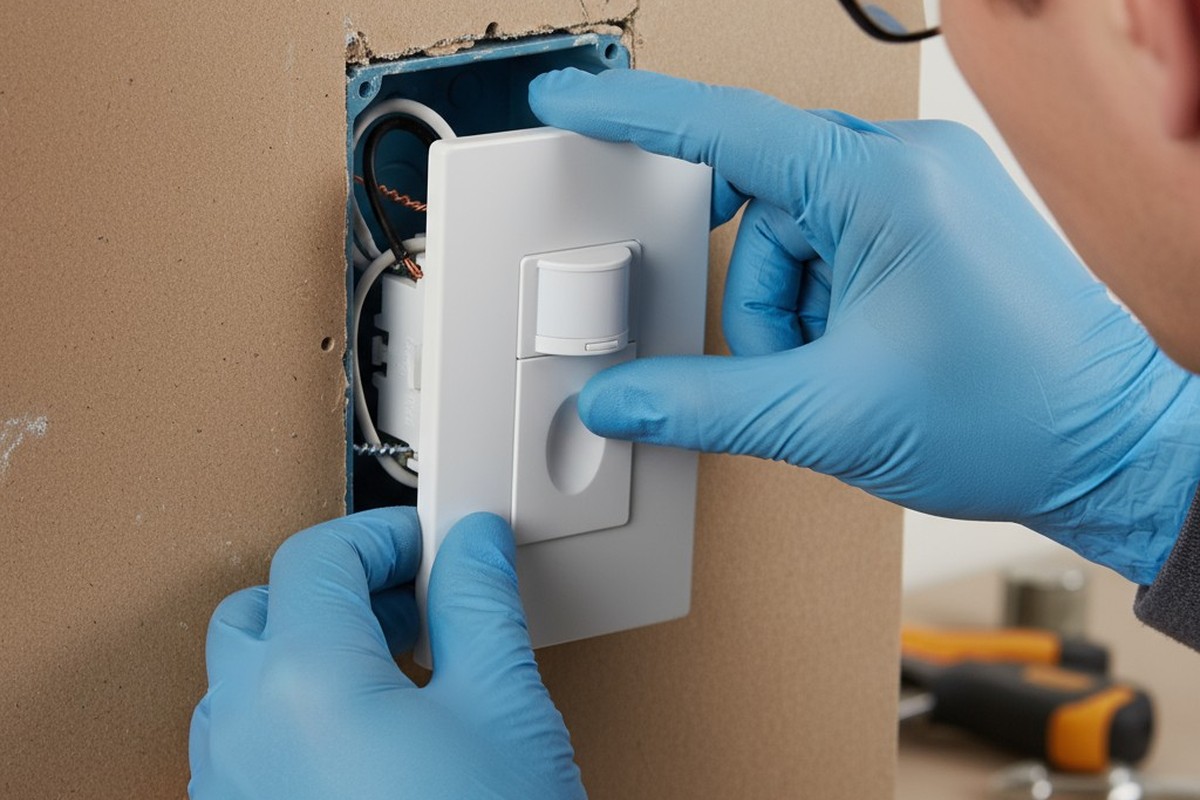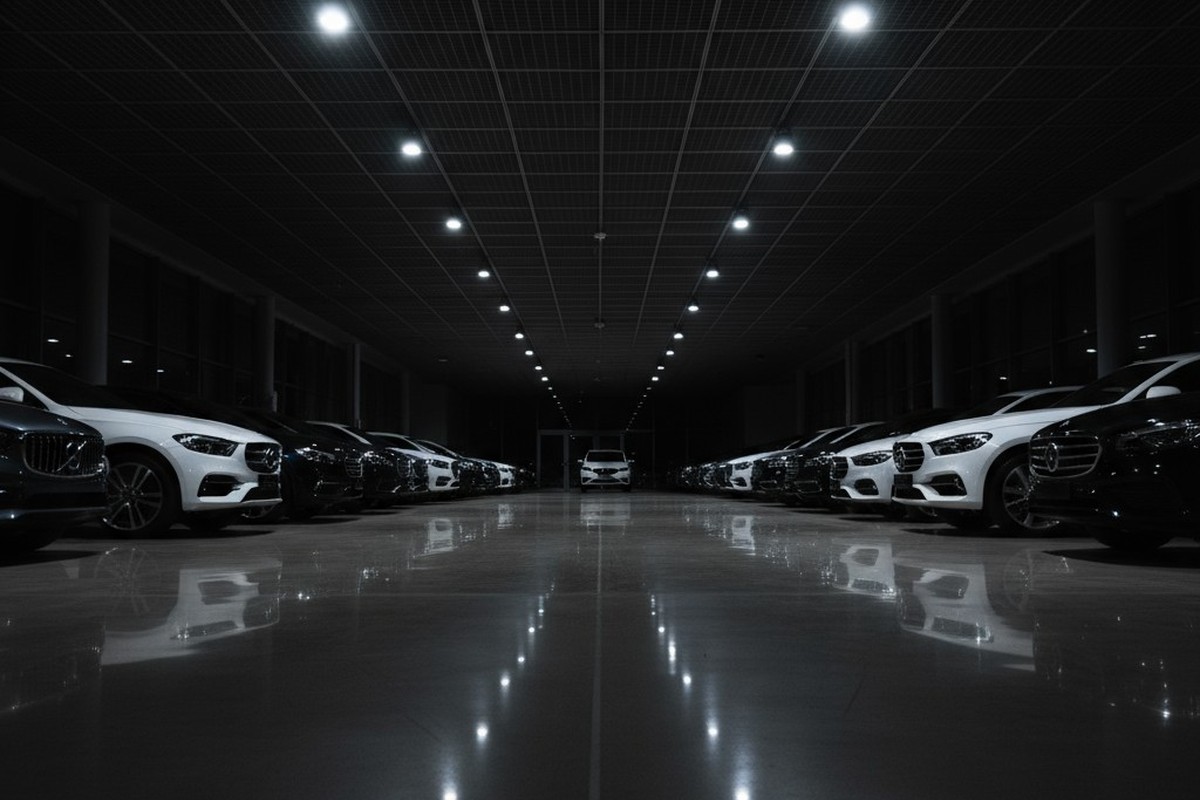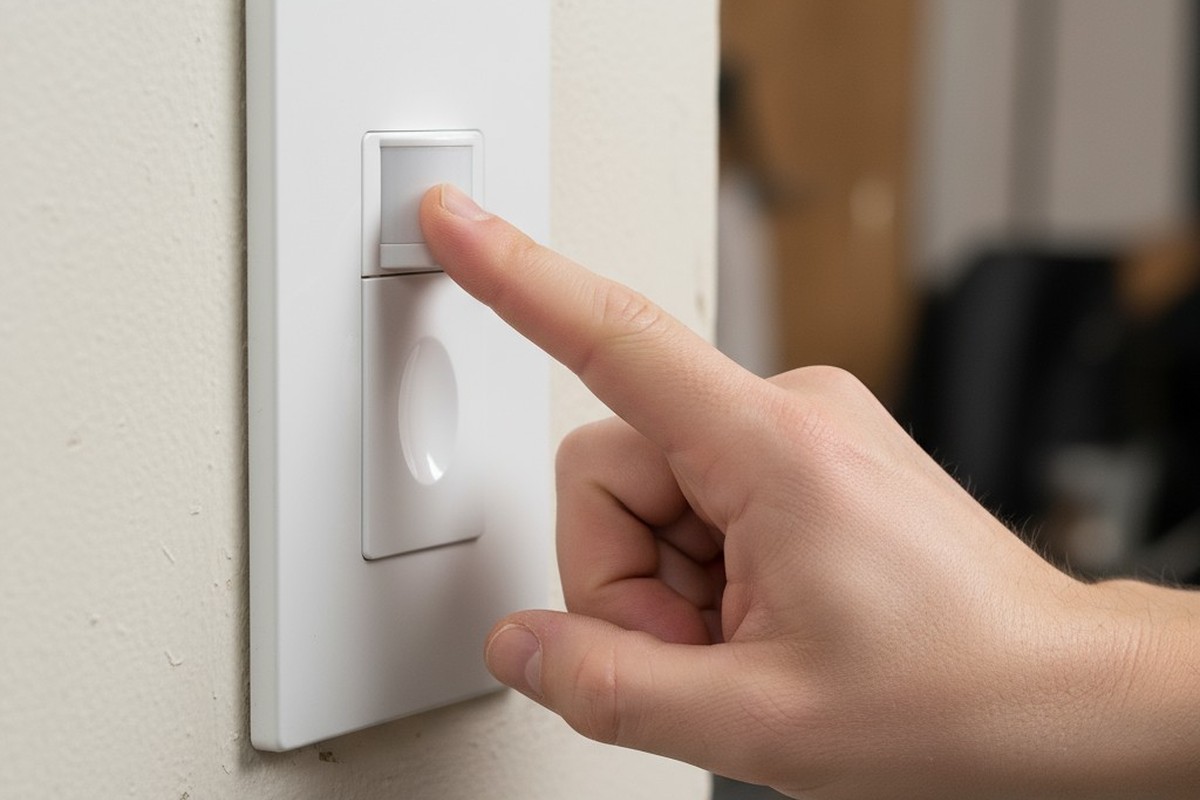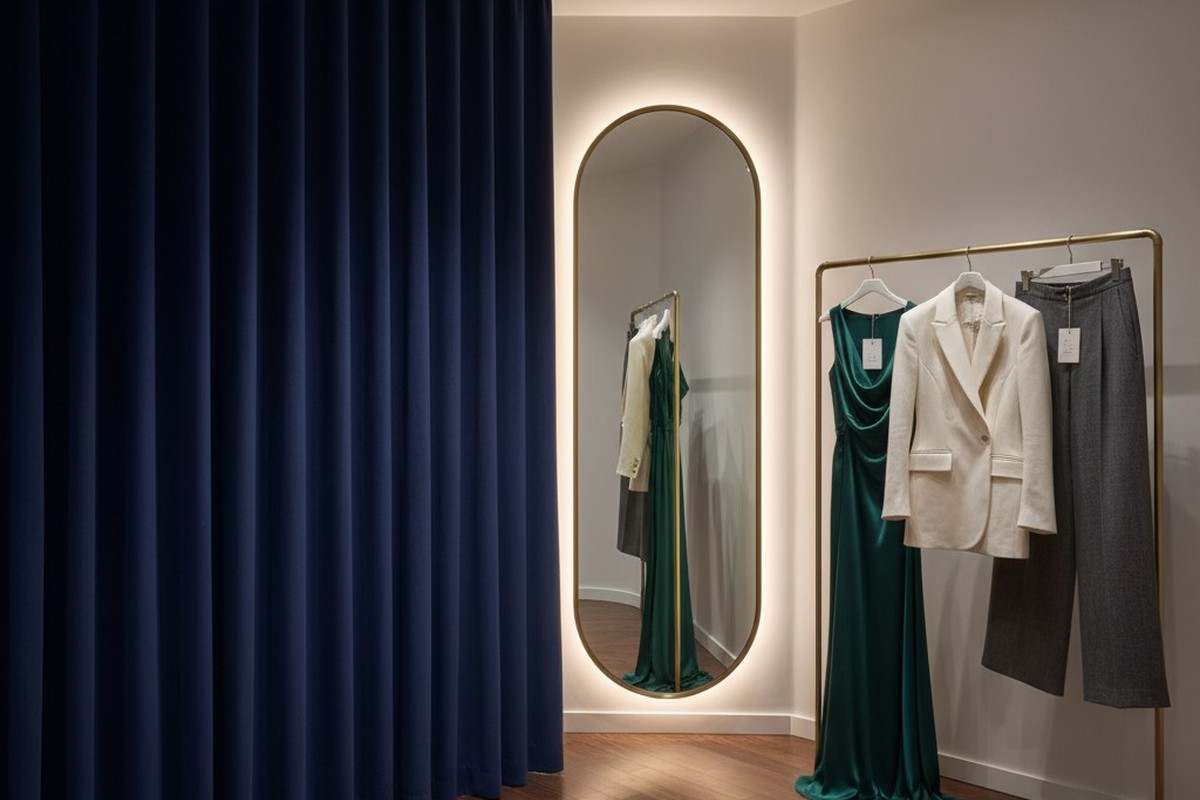A split-level landing is an elegant architectural feature that presents a unique and frustrating challenge for lighting automation. With a half-flight of stairs leading up and another leading down, it creates two distinct paths of approach. Standard attempts to automate this space with a single motion sensor yield a system that is unreliable at best and hazardous at worst, often leaving one path in darkness while illuminating the other.
This is a problem of geometry, not a limitation of technology. An effective solution rejects simple, one-size-fits-all hardware and instead demands a thoughtful architecture of paired sensors, intelligent settings, and an understanding of how people move. The goal is a stairway that is always lit when needed, responds gracefully to human presence, and operates with quiet efficiency.
The Inevitable Failure of the Single-Sensor Approach
The problem begins with the physics of common passive infrared motion sensors. These devices don’t see like a camera; they detect changes in heat within a defined, typically cone-shaped field of view. A single sensor, whether on the landing ceiling or a wall, can only be aimed in one primary direction.

When a sensor is aimed to cover the approach from the upper flight, its conical field of view will almost certainly miss the initial movements of someone ascending from below. That person remains in a blind spot until they are nearly on the landing, forcing them to take several steps in the dark. Aiming the sensor downward simply reverses the problem. This geometric mismatch creates a permanent blind spot, turning any trip on the stairs into a gamble. The resulting inconsistency erodes confidence and safety, defeating the purpose of automation and forcing people to revert to manual switches.
Get Inspired by Rayzeek Motion Sensor Portfolios.
Doesn't find what you want? Don't worry. There are always alternate ways to solve your problems. Maybe one of our portfolios can help.
A Paired-Sensor Architecture for Complete Coverage
The only definitive solution is to treat the split-level landing not as one area, but as the intersection of two distinct pathways. This requires a paired-sensor architecture, dedicating one sensor to each line of approach. By mirroring the design of the staircase with the automation system, you can achieve flawless coverage.
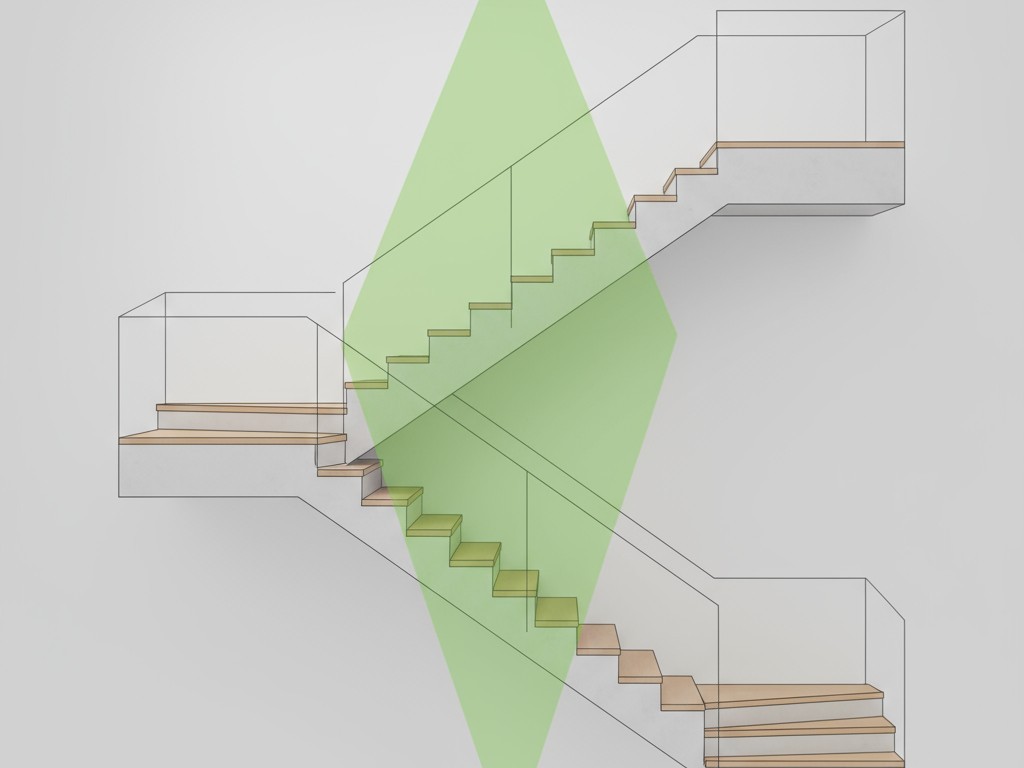
A two-sensor system creates overlapping fields of detection that cover every entry point. One sensor monitors the upper flight and the second monitors the lower, with both wired to control the same lights. When motion is detected by either, the entire area is illuminated. For this to work, placement is critical. The first sensor should be at the top of the upper flight, aimed down toward the landing. The second belongs at the bottom of the lower flight, aimed upward. This configuration detects movement the moment a person begins their journey, providing light well before it’s needed.
Engineering a Seamless Experience with Intelligent Settings
With the physical architecture in place, fine-tuning the sensor settings elevates the system from merely functional to truly intelligent. This is where you eliminate common annoyances and create a smooth, uninterrupted experience.
An aggressively short timeout delay is a frequent mistake. A 30- or 60-second timer might seem efficient, but on a staircase it creates the dreaded “strobe effect,” where lights shut off mid-transit. A much longer timeout of 5 to 15 minutes is preferable. This ensures the lights remain on for an entire trip, even for someone moving slowly or carrying objects. The minimal energy cost is a small price for significant gains in safety and comfort.
This long timeout works best when the sensor can retrigger, meaning it resets the countdown each time it detects new motion. If a second person starts up the stairs while the lights are on, the sensor detects this new movement and resets the 15-minute timer. This simple logic prevents the lights from shutting off while the space is occupied, making the system feel responsive and reliable.
Mastering Light Levels for Comfort and Efficiency
The final layer of sophistication is controlling when and how brightly the lights activate. Integrated lux sensors, which measure ambient light, transform the system from a simple on/off switch into a nuanced tool for enhancing comfort and saving energy.
A lux threshold allows the system to remain dormant when there is sufficient natural light. By instructing the sensors to ignore motion when the room is already bright, you prevent unnecessary activation during the day, saving energy and extending the life of your fixtures.
Looking For Motion-Activated Energy-Saving Solutions?
Contact us for complete PIR motion sensors, motion-activated energy-saving products, motion sensor switches, and Occupancy/Vacancy commercial solutions.
For the ultimate in comfort, pair this lux control with dimmable lighting. This allows for different responses based on the time of day. In the evening, the sensors can bring the lights to full brightness for safety. Late at night, however, the system can be programmed to activate at a much lower intensity—perhaps 20%. This provides enough light for a 3 a.m. trip to the kitchen without the eye-searing blast of full-power illumination, creating a gentler and more thoughtful home.
The Result: A Stairway That Is Always Lit, Never Theatrical
By moving beyond the single-sensor fallacy, you can solve the split-level landing problem permanently. A complete system—built on paired coverage, long timeouts with retriggering, and intelligent lux control—transforms a passive architectural feature into an active, responsive part of the building. The result is a profound sense of safety and convenience, delivering light exactly when and where it is needed. It’s an efficiency and grace that feels less like crude automation and more like a natural extension of the home itself.


